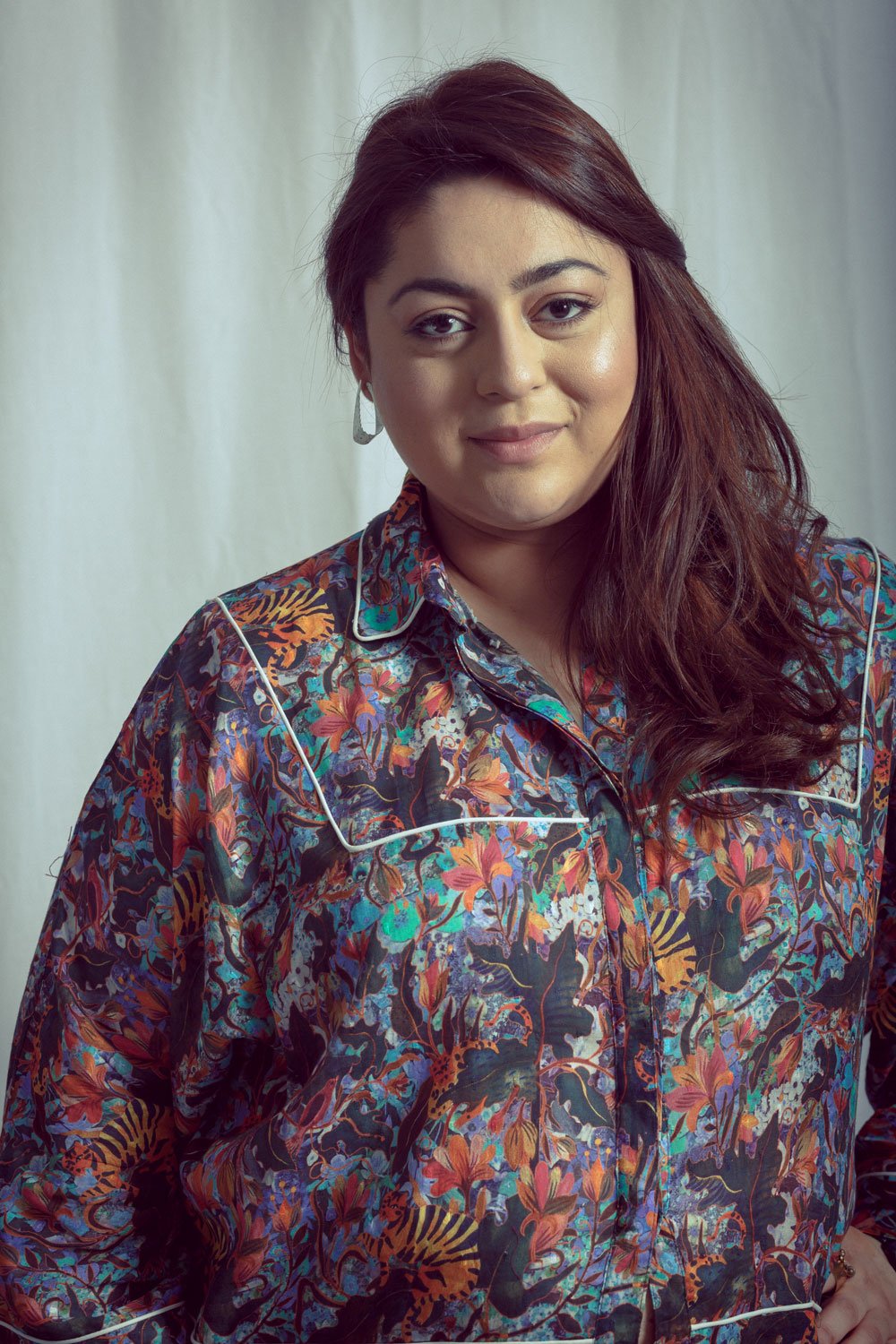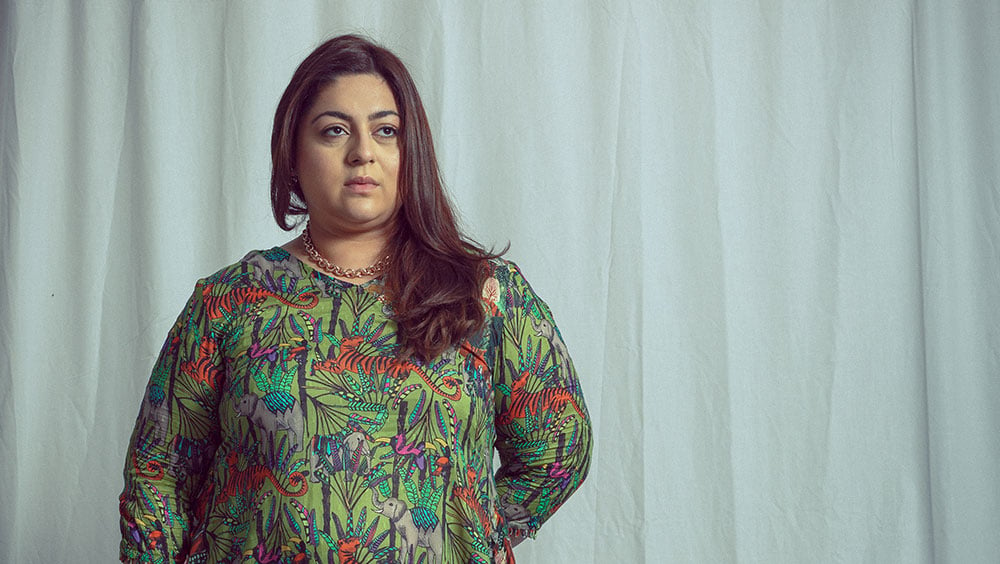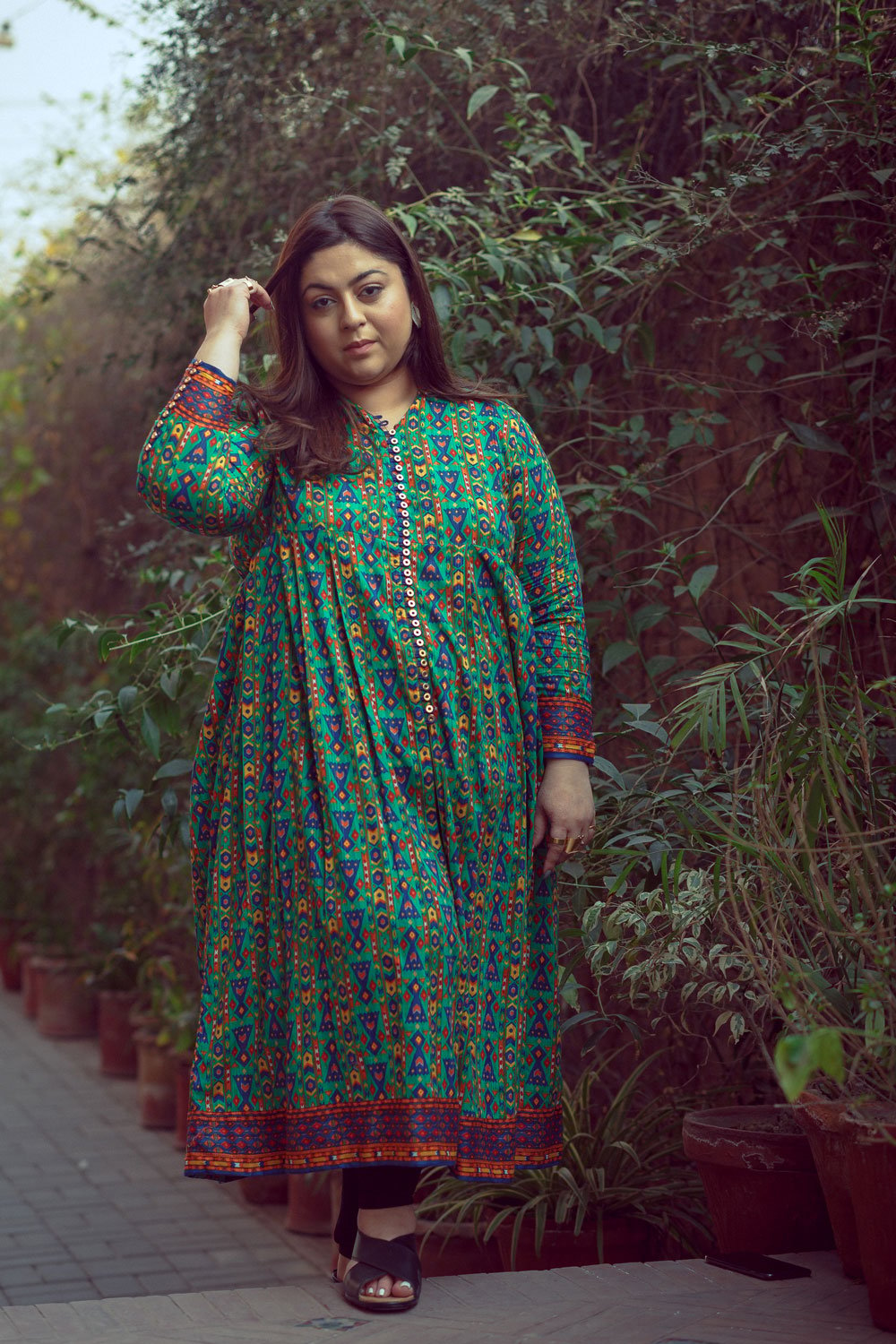French designer Hubert de Givenchy once said, “The dress must follow the body of a woman, not the body following the shape of the dress.” Givenchy’s words perfectly encapsulate the ideal attire.
Fashion today is a universal language. In Pakistan, this ever-changing and dynamic industry has become increasingly competitive, when it comes to showcasing talent. However, despite the evolution, body-size diversification continues to be a foreign concept. Although the fashion industry attempts to be inclusive, there are still miles to go, especially when dealing with ‘overweight’ models on the runways and including all size clothes on the racks.

“Our fashion industry does not welcome curvy women, an idea which has been introduced internationally as well as in India,” Haddiya Javed, an ‘all size’ model, blogger and a mum, tells Geo.tv, “We need to relate our products to the aam awam (masses) and welcome all type of sizes in the market.” Nobody, she added, would put up a picture of an ‘all size’ bride on their social media. The assumption is that the product won’t sell.
Across the border, India’s Lakme Fashion Week first featured plus-size models in 2016. The inclusion of all size models and clothing, by leading fashion brands, has picked up in the last three years. Designers are now more aware of the kind of body image they are promoting.
Such tectonic shifts have yet to be felt in Pakistan. “Welcoming all kinds of models should be a practice rather than just a [PR] stunt,” says Humza Zafar, founder of the label Hira Ali Studios.
However, there are exceptions. Some local designers are consciously adapting, driven by the international fashion trends and the aggressive activism being witnessed in other countries. But neither is that organic nor is it prevalent.
“There’s been a growing realisation, globally, that the industry needs to be more inclusive and responsible in terms of branding, marketing and even design,” explained Khadijah Shah, the creative head of Elan. Her brand, she says, has made it a point to ensure the availability of larger sizes to prevent size from being a barrier to wearing her outfits. “As greater awareness comes to the industry, I’m hopeful there will be more inclusivity and diversity on magazine covers and runways as well.”
American Supermodel Emme was the first ‘all size’ model to grace the cover as one of People Magazine’s Most Beautiful in 1994. Several women followed suit. Then, Ashley Graham, a size 12 model, who unapologetically embraces her curvy physique, was featured on the cover of Vogue US’s New Year’s issue in 2016, breaking barriers for women across the world. Graham has been on the forefront when it comes to actively promoting positive body image, thereby inspiring millions of women to accept themselves as they are.

On the contrary, in Pakistan, it is extremely rare to see an ‘all size’ representation at large, especially by major fashion brands; whether in campaigns or on the rack. Although most prét brands claim to be inclusive, yet do not sell sizes beyond Large and Extra Large. Those who do not fit into these categories of defined body types then end up feeling low on self esteem and demoralized.
“Change can be slowed down when there are various long-held prejudices about what ‘ideal’ women are supposed to look like,” adds Shah, “In Pakistan, such views are heavily ingrained in the psyche of the society. However, awareness is growing globally and it will eventually find a breakthrough in Pakistan as well.”
Challenging dominant and unhealthy conceptions of beauty should not be underestimated. The media has for long pedalled a cookie-cutter, super-skinny image of models and women at large. This in turn has led to eating disorders amongst young women who aspire to be the ‘right’ size.
While the American fashion industry is the most vocal about covering plus-size models, other countries are also stepping up. Last year, Spain and France passed legislation banning the use of models deemed to be exceptionally thin.

“It is essential to promote healthy beauty standards and practices,” says Shah, “Ashley Graham may be a plus-size model but that doesn’t mean she doesn’t have a healthy lifestyle, and honestly she may have a healthier lifestyle than a size-zero model.”
Recently, Generation has been one of the most prominent brands to pick up the cause of inclusion. Their new campaign has featured darker-skinned models and women of all sizes. Haddiya Javed was one of the two ‘all size’ models to work for the brand.
“The response was amazing. I was overwhelmed,” she tells Geo.tv.
“It was supposed to only be a product shoot but it became so much more than that. It broke the stereotype revolving around ‘all size’ women.”
One of the brains behind the campaign was Naima Gilani, the marketing and communications coordinator at Generation. The brand, she says, aimed to feature the realness of women, from different skin types to body types. Generation wanted its campaigns to resonate with the people on a personal level. “Every person who endorses the brand should feel comfortable with being themselves and focus on the beauty within.” The campaign pictures were not processed or photoshopped to ensure it captured the true skin, hair and body types of each model.
“It is high time that our industry adapts and welcomes women of all shape and sizes,” insisted Maghul Rashid, the creative head at Sapphire, “In this age of social media, where non-conformists are taking centre stage, it is essential that we nurture an environment where all women know that beauty is not defined by physical attributes.”
Khawaja is a freelance reporter


